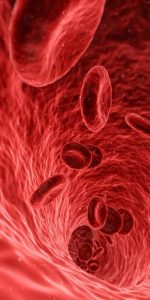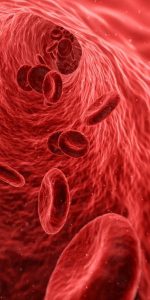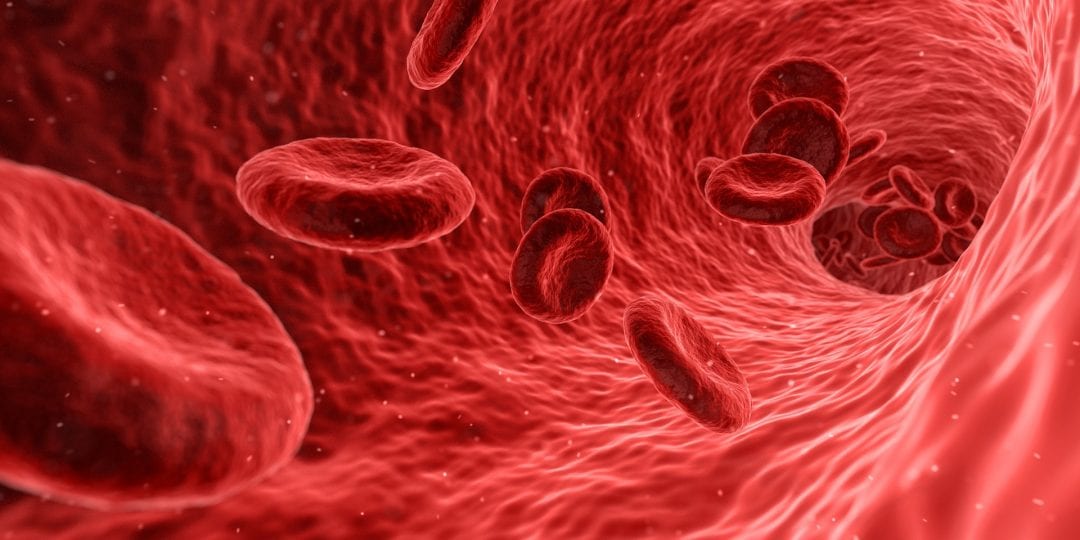 Advanced Healthcare Materials
Advanced Healthcare Materials celebrates its 5th birthday this year! Since 2012 we have been bringing you the latest breakthroughs in biomedical materials science with a strong focus on improving human health, and we will continue to do so in 2017. Read more about this in our latest editorial.
celebrates its 5th birthday this year! Since 2012 we have been bringing you the latest breakthroughs in biomedical materials science with a strong focus on improving human health, and we will continue to do so in 2017. Read more about this in our latest editorial.
No access to our published content yet? Make sure to recommend Advanced Healthcare Materials to your librarian. More information can be found here.
In this monthly feature, we highlight some of the most read Advanced Healthcare Materials papers over the last month. These top-downloaded papers are therefore currently freely accessible! Click on the headers below to get to the corresponding papers. Also check out our previous monthly cover art feature here.
Toward a Single‐Dose Vaccination Strategy with Self‐Encapsulating PLGA Microspheres
by Brittany A. Bailey, Lukasz J. Ochyl, Steven P. Schwendeman, and James J. Moon
James Moon and his team at the University of Michigan developed a “self-encapsulating” procedure that maintains antigenicity and immunogenicity of protein antigens during the synthesis of PLGA microspheres. A single-dose immunization with microspheres designed for antigen release over more than 40 days elicits robust cellular and humoral immune responses in mice as efficiently as the prime-boost immunizations with a routinely-used adjuvant. The proposed “self-encapsulating” particles show great vaccine potential.
Advanced Materials for Health Monitoring with Skin-Based Wearable Devices
by Han Jin, Yasmin Shibli Abu-Raya, and Hossam Haick
The interest in skin-based wearable devices has been growing due to their potential use in diagnostics and health monitoring. In their review, Hossam Haick and colleagues from the Technion – Israel Institute of Technology in Haifa give a comprehensive overview of material characteristics and recent technologies used in these healthcare devices, as well as fabrication methods and applications. They not only describe the current achievements and obstacles in the field, but also offer a thorough discussion for further improvement of skin-based wearable devices.
Graphene Multielectrode Arrays as a Versatile Tool for Extracellular Measurements
by Dmitry Kireev, Silke Seyock, Johannes Lewen, Vanessa Maybeck, Bernhard Wolfrum, and Andreas Offenhäusser
Andreas Offenhäusser at the Institute of Bioelectronics in Jülich, Germany and his collaborators present graphene multielectrode arrays for cardiac and neuronal extracellular recordings. These arrays are implemented to study classic cellular cultures, such as the cardiac-like cell line HL-1 and more complex cortical neuronal cultures. They show an excellent ability to extracellularly detect action potentials, with signal-to-noise ratios of up to 116 for HL-1 cells and up to 100 for spontaneous bursting/spiking neuronal activity. The arrays have great potential in bioelectronics applications, and could be successful electrophysiological tools in the future.
3D Printing of Scaffolds for Tissue Regeneration Applications
by Anh-Vu Do, Behnoush Khorsand, Sean M. Geary, and Aliasger K. Salem
3D printing for tissue engineering and regenerative medicine continues to be a very popular topic in the field. Aliasger Salem et al. from the University of Iowa provide a state-of-the-art review on 3D printing of viable and functional scaffolds. In contrast to other available reviews that look at printing cells and tissues, this review focuses on different synthetic scaffolding materials and printing methods.
by Anirudha Singh, David Lee, Nikolai Sopko, Hotaka Matsui, Praveena Sabnekar, Xiaopu Liu, Jennifer Elisseeff, Mark P. Schoenberg, Kenneth Pienta, and Trinity J. Bivalacqua
A group of researchers led by Anirudha Singh at Johns Hopkins University in Baltimore report on an innovative process to manufacture continuous and seamless collagen scaffolds that can recapitulate the structural design and biomechanical properties of hollow and tubular organs. Their approach allows precise control of the longitudinal, radial and cross-sectional planes of the scaffold, resulting in biomaterials ranging from micro-ureters to urinary conduits to small intestine-like tubes with villi- to alveolar sac-like structures. This process can potentially be used together with stem cells in (pre-)clinical settings, and may have an impact in genitourinary, gastrointestinal and tissue engineering applications.
An honorable mention goes to the following three papers, which also are among April’s top-downloaded Advanced Healthcare Materials papers and which we already highlighted here:
by Suprem R. Das, Metin Uz, Shaowei Ding, Matthew T. Lentner, John A. Hondred, Allison A. Cargill, Donald S. Sakaguchi, Surya Mallapragada, and Jonathan C. Claussen
Biofunctionalized Plants as Diverse Biomaterials for Human Cell Culture
by Gianluca Fontana, Joshua Gershlak, Michal Adamski, Jae-Sung Lee, Shion Matsumoto, Hau D. Le, Bernard Binder, John Wirth, Glenn Gaudette, and William L. Murphy
by Fuping Gao, Weiping Zheng, Liang Gao, Pengju Cai, Ru Liu, Yaling Wang, Qing Yuan, Yuliang Zhao, and Xueyun Gao

















